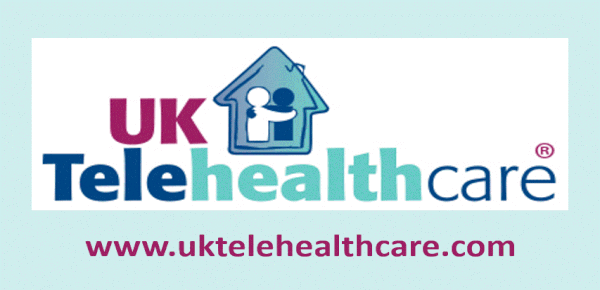 A golden bird in the hand for PWN/Everly–and presaging something else for Walgreens? Walgreens has decided to settle with PWN/Everly the latter’s recently upheld near-$1 billion arbitration award for $595 million, about 60%. This amount is payable to Everly in a breathtaking two business days.
A golden bird in the hand for PWN/Everly–and presaging something else for Walgreens? Walgreens has decided to settle with PWN/Everly the latter’s recently upheld near-$1 billion arbitration award for $595 million, about 60%. This amount is payable to Everly in a breathtaking two business days.
The arbitration between PWN/Everly and Walgreens charged Walgreens with breach of contract on their Covid-19 testing services agreement, adding in additional violations of the Latham Act on trademarks and more. The arbitrator’s award of $987 million last March was affirmed by the US District Court for the District of Delaware on 11 February. Walgreens declared it would appeal but stated in their SEC filing that any resolution might take up to two years. More details: TTA 12 Feb
Was this a ‘Deal Deal’ as a prelude to a more significant endgame for Walgreens? For this Editor strictly speculating, Walgreens not appealing but settling this quickly, agreeing to pay a reduced amount in record time, may point to something larger. If coupled with the speculated revival of the Sycamore Partners buyout deal [TTA 19 Feb], if Walgreens is actively in sale mode, they want to be as attractive as possible. That means taking off the table ongoing lawsuits and pending settlements that are future obligations–presenting the cleanest picture possible of and reducing their Mound of Misery. Where they can, like with Everly, it’s settling for less now, versus dragging out an appeal for two years that will be more costly to litigate, for example in legal fees and award interest, if almost certainly upheld again. These become future obligations for a buyer and make for more unattractiveness. It also follows on VillageMD/CityMD’s recent settlements with New York State and the Department of Justice [TTA 12 Feb] and state-level opioid settlements, though in January the DOJ filed a civil lawsuit against Walgreens on opioids and other meds violating the Controlled Substances Act [TTA 24 Jan] . Reuters, Crain’s Chicago Business






Most Recent Comments